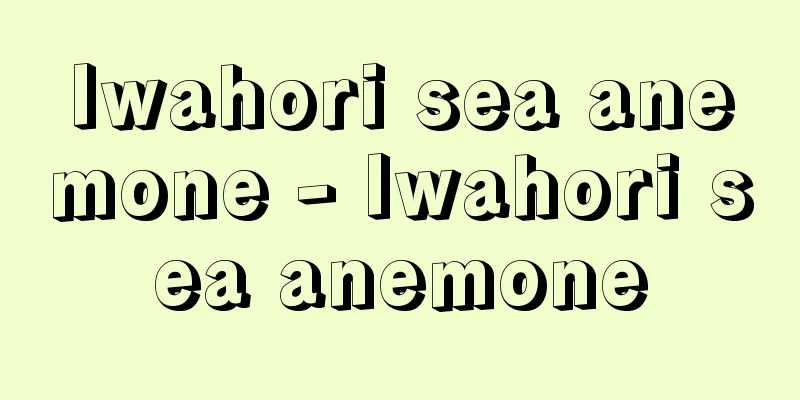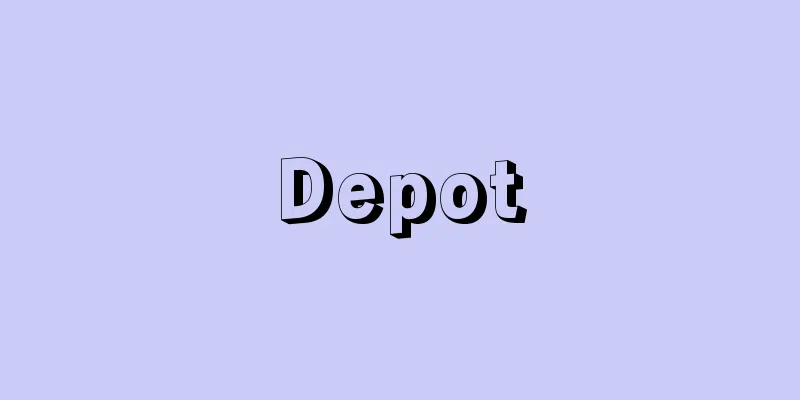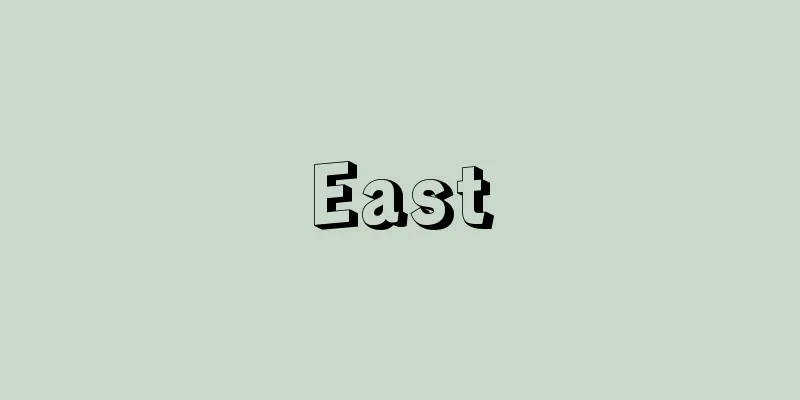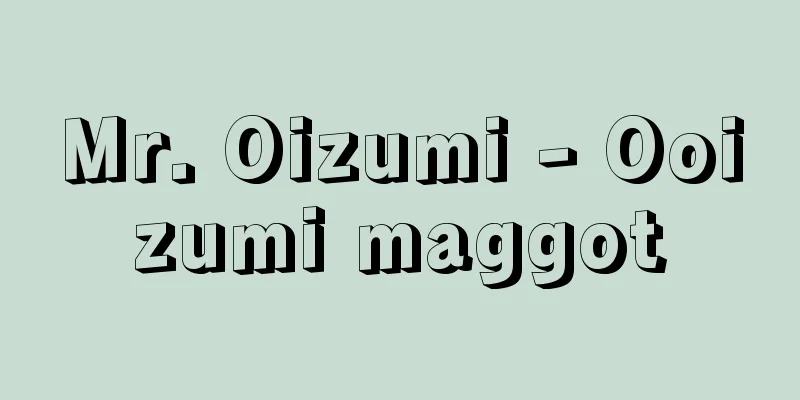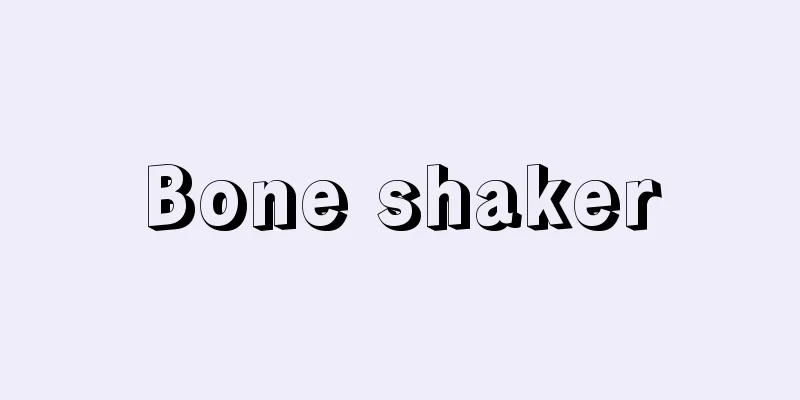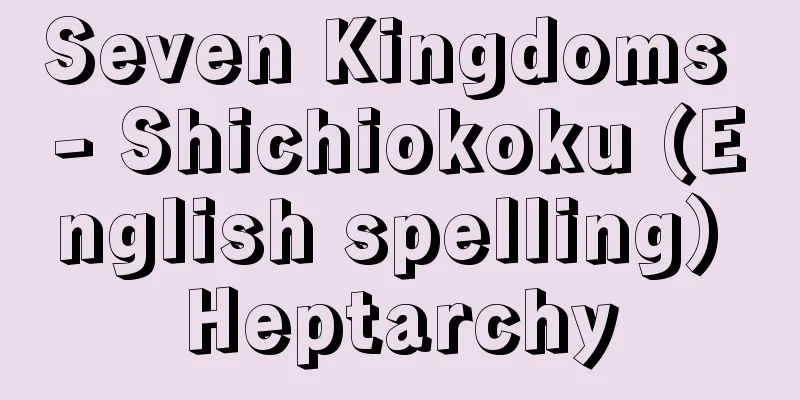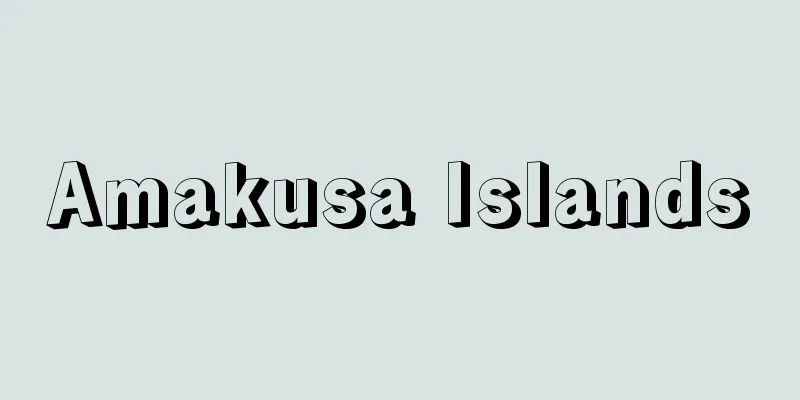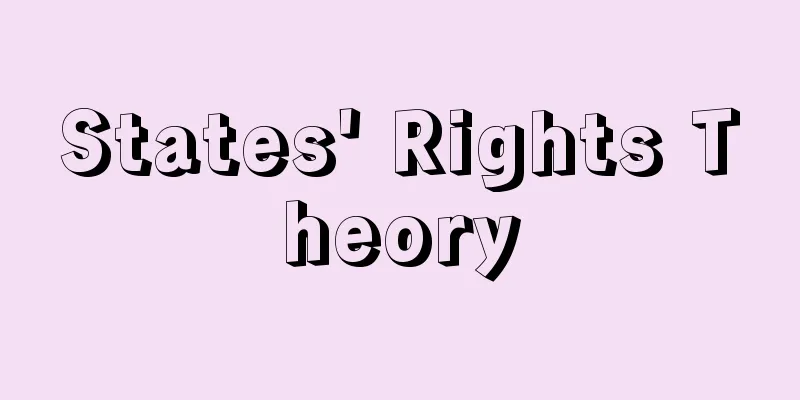Oral method - Kouwaho

|
It is a method based on spoken language when teaching language to children (adults) with hearing impairments, and consists of the elements of hearing, speech-reading, and speech production. After World War II, the use of hearing increased with the use of hearing aids, and the term hearing-oral method came to be used in contrast to the previous oral method, which was based only on speech-reading and speech production. [Shinro Kusanagi and Akira Yokkaichi] The three elements of oral speechThe three elements of oral language training (hearing, speech-reading, and speech production) are taught in an organically linked manner, leading to the acquisition of written language. [Shinro Kusanagi and Akira Yokkaichi] HearingHearing is the ability to communicate using hearing aids and cochlear implants. After World War II, it developed based on audiology. Since then, the use of hearing aids and cochlear implants has been promoted from an early stage, with the goal of further improving the ability to hear and understand words. [Shinro Kusanagi and Akira Yokkaichi] Speech readingIt refers to reading the contents of what is being said from the speaker's mouth movements, facial expressions, as well as from the information in the situation and the context before and after. In normal conversation situations, speech reading is used in conjunction with hearing, complementing each other. [Shinro Kusanagi and Akira Yokkaichi] SpeechSince the speech organs of children (adults) with hearing impairments are normal, pronunciation and speech instruction is based on natural speech. Speech (spoken language) ability is improved through practice of breathing, speech production, and pronunciation. Speech is usually taught as a group of words and sentences, while also working to establish individual vowels and consonants. This requires imitating mouth shapes and voices, and the use of touch (using the vibrations of the throat and nose that accompany the pronunciation of voiced and nasal sounds). [Shinro Kusanagi and Akira Yokkaichi] Oral therapy and education for the deafThe oral method was established in the 18th century by the German S. Heinicke (1727-90), and became the central educational method for modern and contemporary education of the deaf. In order for deaf children (individuals) to live in a society of hearing people and to realize their true potential, they need oral language skills. However, learning and living with oral language alone is accompanied by many difficulties, mainly due to the uncertainty of communication, so other means of communication such as sign language, finger spelling, and written communication are also used at the same time. Sign language is also considered important in relation to the identity of the deaf, and the practice of using deaf sign language from an early stage of development has begun. With the early introduction of sign language into school education and the effectiveness of hearing through cochlear implants being proven, it can be said that the discussion of communication methods in the education of hearing-impaired children has entered a new phase. [Shinro Kusanagi and Akira Yokkaichi] "Language Instruction for Hearing Impaired Children - Basic Knowledge for Practice" by Toshihiro Wagatsuma (2003, Taken Publishing)" "Nakano Yoshitatsu et al., Nemoto Masafumi (eds.), "Basics and Practice of Hearing Impaired Education" Revised Edition (2008, Taken Publishing)" [References] | | | |Source: Shogakukan Encyclopedia Nipponica About Encyclopedia Nipponica Information | Legend |
|
聴覚障害児(者)にことばを教える際に、音声言語に基づいて行う方法で、聴能、読話、発語の要素からなる。第二次世界大戦後、補聴器の利用により聴覚の活用が進んだことから、それまでの読話と発語のみによる口話法に対して、聴覚口話法という名称も使われるようになっている。 [草薙進郎・四日市章] 口話法の3要素口話法の3要素(聴能、読話、発語)は有機的関連をもって指導され、文字言語の獲得へとつながっていく。 [草薙進郎・四日市章] 聴能聴能は、補聴器や人工内耳などにより聴覚を活用してコミュニケーションを行う力をいう。第二次世界大戦後、オーディオロジーaudiology(聴能学)を基礎に発展した。その後、早期からの補聴器や人工内耳の利用が進められ、ことばの聴取や理解能力をさらに高めることを目標としている。 [草薙進郎・四日市章] 読話話し手の口の動きや顔の表情、また、その場の情報や前後の文脈から、話の内容を読み取ることをいう。通常の談話状況では、読話は聴能と一体となって相補いながら活用される。 [草薙進郎・四日市章] 発語聴覚障害児(者)は、発音器官は正常なので、自然な発声を土台に発音・発語指導を行う。呼吸や、発声、発音の練習を基礎に、発語(話しことば)の能力を高めていく。発語は、通常、単語や文のまとまりとして指導しながら、個々の母音や子音の確立も図っていく。その際に、口形模倣や口声模倣、触覚の活用(有声音や鼻音の発音に伴うのどや鼻の部分の振動の利用)などが必要となる。 [草薙進郎・四日市章] 口話法と聴覚障害教育口話法は、18世紀にドイツのハイニッケS. Heinicke(1727―90)によって確立され、近・現代聴覚障害教育の中心的な教育方法となった。聴覚障害児(者)が聞こえる人々の社会で生活し、自己実現を図っていくためには、口話能力が必要となる。しかし、口話法だけでの学習や生活には、主としてコミュニケーションの不確かさから生じる多くの困難も伴うため、手話、指文字、筆談など、他のコミュニケーション手段も同時に活用されている。また、手話は聴覚障害者のアイデンティティとのかかわりからも重要視され、聾(ろう)者の手話を発達の早期の段階から使用する実践も始められている。 学校教育への手話の早期導入と人工内耳による聴能の有効性が実証されていくなかで、聴覚障害児教育でのコミュニケーション手段の議論は、新たな段階に入ったといえる。 [草薙進郎・四日市章] 『我妻敏博著『聴覚障害児の言語指導――実践のための基礎知識』(2003・田研出版)』▽『中野善達他・根本匡文編著『聴覚障害教育の基本と実際』改訂版(2008・田研出版)』 [参照項目] | | | |出典 小学館 日本大百科全書(ニッポニカ)日本大百科全書(ニッポニカ)について 情報 | 凡例 |
<<: Harbor - Kouwan (English spelling) harbor; port
Recommend
Arashi - Arashi
A type of servant of a samurai family during the S...
reagin
…When the body comes into contact with a pathogen...
Garonne Canal
…As a result, its flow rate exceeds that of the S...
Oil lamp
…There are many types of lamps, including table l...
Double vision - Fukushi
Diplopia is a condition in which an object appears...
buran
…In honor of this wind, the Mediterranean climate...
Questions - Monchu
Ask Note Know The act of questioning the plaintiff...
ROSAT - ROSAT
...As of early 1983, the only two X-ray astronomy...
Pleats processing - Pleats processing
A process that creates pleats in skirts, blouses, ...
Normal - housen (English spelling) normal
At a point P 0 on a curve in a plane, the straigh...
Grilled pheasant - Grilled pheasant
…Hafushizake (feather-fested sake) is made by gri...
Fukumotoism - Fukumotoism
Fukumoto Kazuo's Marxist theory was influenti...
Eye Finger Frog - Eye Finger Frog
...Originating from Southeast Asia, etc. The Eiff...
Wasson, RG (English spelling) WassonRG
…Teonanácatl (meaning “flesh of the gods”) is a m...
Clavulinopsis fusiformis (English spelling) Clavulinopsis fusiformis
...They are found widely throughout Japan and the...
